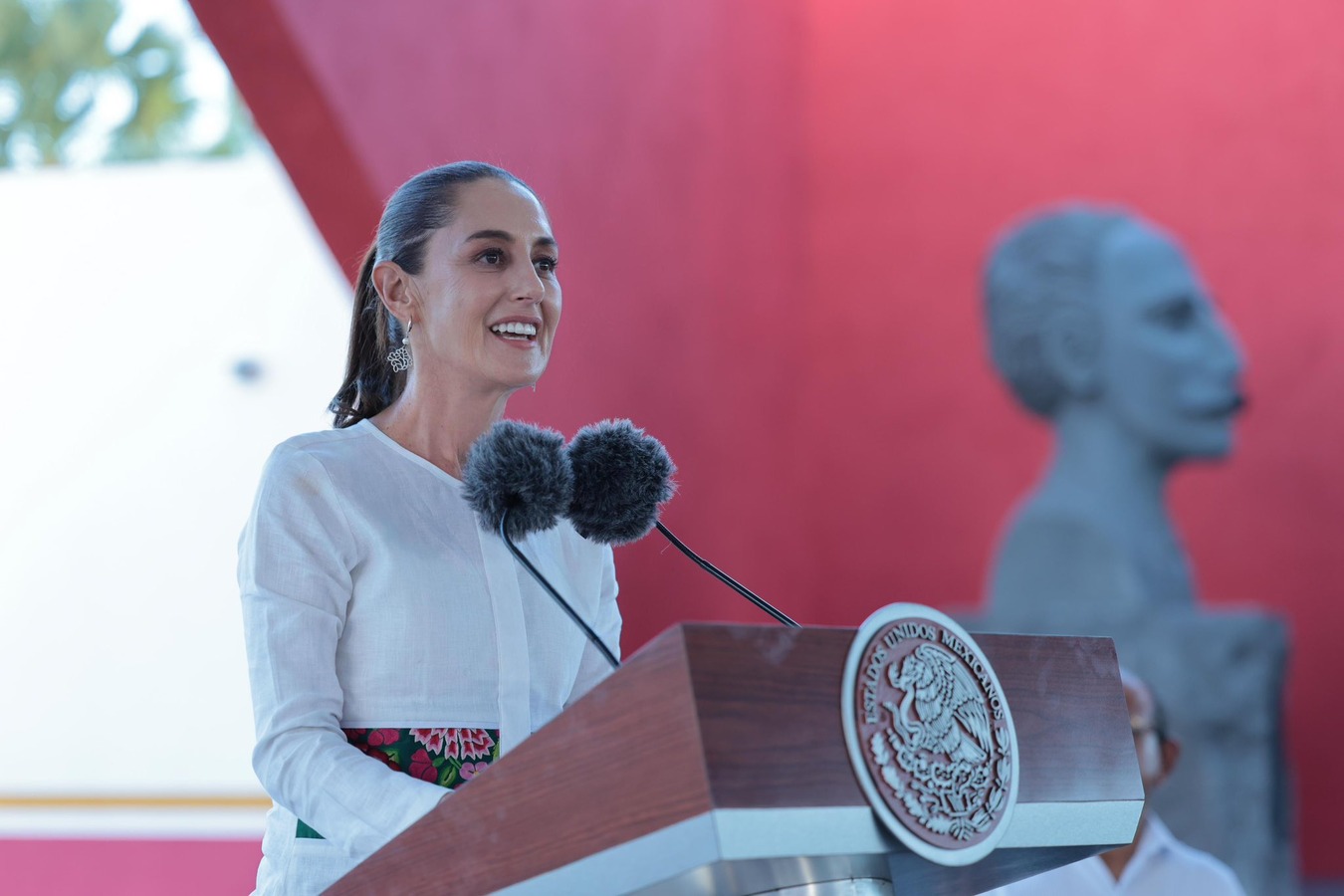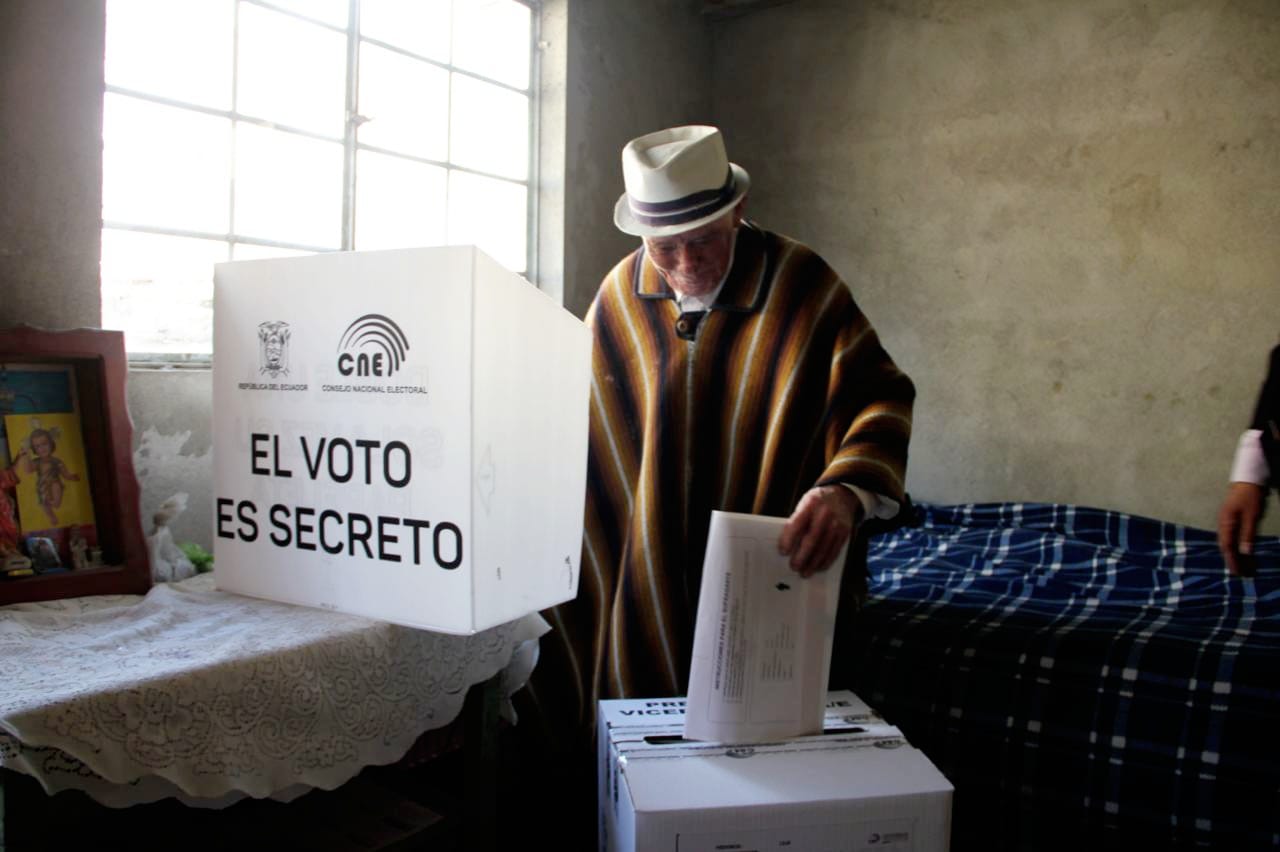No Clear Leader in Peru's Presidential Race
No Clear Leader in Peru's Presidential Race
As Peru’s election day draws near, a series of new polls show that it’s still anyone’s race.
With a couple of weeks to go before Peruvians head to the polls to elect their next president, new polls fail to indicate a clear frontrunner. Former President Alejandro Toledo led by a comfortable margin until his poll numbers began to dip on March 20. While Toledo never secured enough support to avoid a runoff election, his slipping lead makes Peru’s presidential race highly uncertain. According to Alfredo Torres, executive director of pollster Ipsos Apoyo, at this point any of the five leading candidates could break into the runoff election. The first round takes place April 10. Should no candidate snatch up more than 50 percent of the vote, a second round will take place on June 5.
Alejandro Toledo, who served as president from 2001 to 2006 and is the Peru Posible candidate, plays to Peru’s political center. Beginning his working life as a shoeshiner and in other informal jobs, Toledo rose from poverty to become a Stanford PhD-holding economist. His election as the first indigenous president in a country with an indigenous population of 45 percent symbolized a milestone in Peru’s struggle against racism. Toledo proposes to invest heavily in infrastructure and education, while increasing Peru’s agricultural exports and developing value-added products for the international market. Referring to poverty as “an economic, cultural, and ethical problem,” he hopes to eliminate extreme levels of it through the expansion of Juntos, a cash-transfer program inaugurated in 2005 by his prior administration.
Ollanta Humala of the Peruvian Nationalist Party appears to have benefitted most from Toledo’s drop in popularity, according to two recent polls. As Toledo slipped from 28 to 23 percent, Ipsos Apoyo found that Humala hopped forward one percentage point to place third, with 17 percent. The Datum poll puts Humala in second place, with 18.5 percent. A self-described nationalist, Humala eschews the political categories of “right” and “left,” though most observers view him as a leftwing. In an interview with journalist Paul Alonso, Humala described his economic philosophy as “the firm commitment of the state to its national industries, the construction of national economic groups, the maintenance of national ownership of natural resources, including subsoil rights.”
While the Ispsos Apoyo and Datum poll show Toledo dropping and Humala rising, a third poll by the Peruvian Market and Opinion Studies Company (CPI, in Spanish) found Toledo in a technical tie with conservative candidate Keiko Fujimori (20.5 percent versus 20 percent, respectively). Proudly carrying the torch of her father, president-turned-dictator Alberto Fujimori, Keiko is a polarizing figure. Some wonder whether she plans to pardon her father—who is currently serving a 25-year sentence for human rights crimes committed during his military offensive against the Shining Path guerrilla movement—if she were elected. She says that she would not. As election day draws near, Fujimori has engaged her conservative and evangelical supporters by reiterating her positions against abortion and the legalization of drugs.
Observers cannot ignore the fourth- and fifth-place candidates either. Economist and former Finance Minister Pedro Pablo Kuczynski’s popularity surged from 10 to 15 percent last week, according to Ipsos Apoyo—more than any other candidate. The agency explained that Kuczynski’s jump in popularity owed in part to his strong performance in presidential debates, and perhaps also to negative comments directed at him by frontrunner Alejandro Toledo. Luis Castañeda, former mayor of Lima, has seen his poll numbers drop in recent weeks. But that does not mean he is out of the race. “With Castañeda, there’s a paradox,” analyst Luis Benavente told Peruvian daily El Comercio. “He’s the one who has lost the most points in the polls, but he could also beat everyone in a second-round vote. That’s because of the five, he’s the one who inspires the least rejection and fear.”
Paradoxical polling figures do not surprise Peruvians. In a country with remarkably low levels of party loyalty, elections often remain anybody’s guess until the voters cast their ballots. As El Comercio points out in an infograph, high levels of electoral volatility characterized all three of the last presidential elections. Novelist Mario Vargas Llosa famously went into the 1990 election polling 49.6 percent. He only received 33 percent of the first-round vote and lost in the runoff to Alberto Fujimori—a candidate whose poll numbers never broke out of the single digits prior to the first-round election. Nationalist Ollanta Humala entered the 2006 election polling 33 percent, against center-right Alán García’s 22 percent. Humala’s comfortable lead dwindled to 25.6 percent on election day and he then lost the runoff. A 2006 study by the University of Lima found that 37.8 percent of voters in the capital showed little interest in the elections. Eleven percent decided their vote one week prior to the election, while 13 percent decided who they would support while waiting in line to cast their vote.
Learn More:
- Website of Peru’s electoral body.
- Alejandro Toledo’s political plan.
- Interview with Nationalist Party candidate Ollanta Humala.
- Ollanta Humala’s political plan.
- Interview with National Renewal candidate Keiko Fujimori.
- Keiko Fujimori’s political plan.
- Elecciones en Peru website offers coverage, information about candidates, and resources relevant to the election.
- An infograph by Peruvian daily El Comercio outlines electoral volatility in the last three presidential elections.
- View the March 20 Ipsos-Apoyo poll report.








